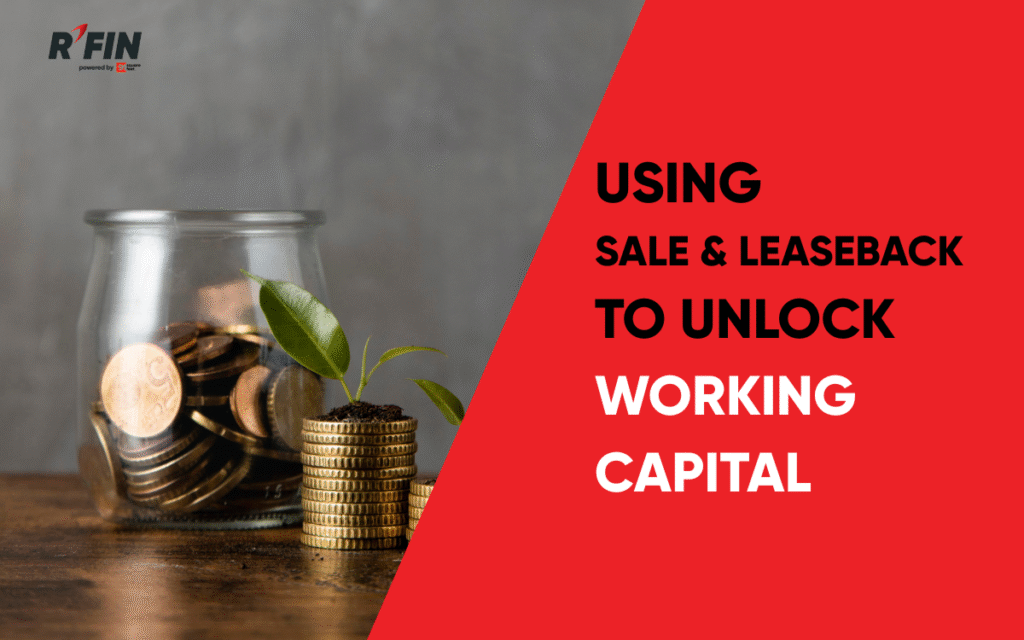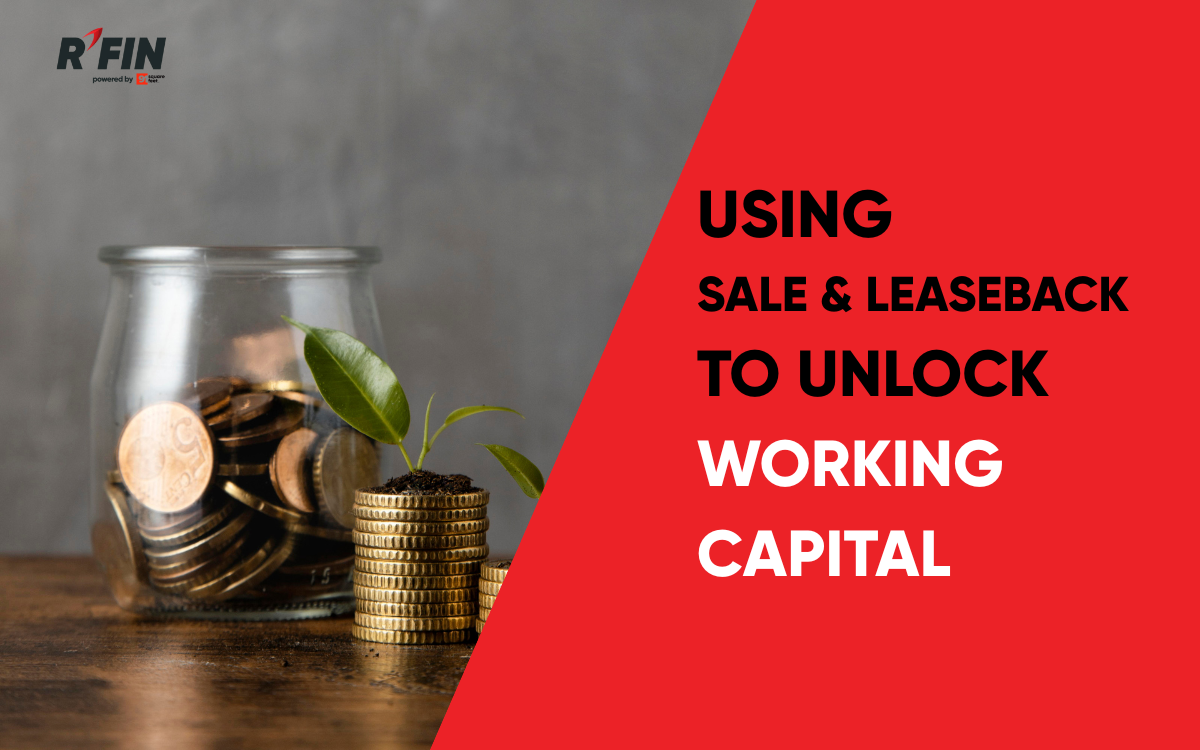In a world where businesses are constantly looking to improve liquidity, reduce debt burdens, and maintain financial flexibility, the Sale-and-Leaseback (SALB) model has emerged as a powerful and underutilized financial tool.
This strategy allows businesses to unlock the value of assets they already own—without increasing liabilities on their balance sheet. For CFOs and promoters of capital-intensive and high-growth businesses, this structure offers a clean, efficient way to optimize working capital while retaining full operational control over their core assets.
What is Sale-and-Leaseback (SALB)?
A Sale-and-Leaseback is a financial arrangement where a company sells an existing asset (like machinery, equipment, furniture, or even IT infrastructure) to a leasing partner, and simultaneously leases it back for continued use.
✅ The company receives upfront capital from the sale.
✅ Continues to use the asset without disruption.
✅ Pays periodic lease rentals (usually monthly or quarterly).
Crucially, this model does not create a traditional loan or increase your debt—because lease obligations are treated differently under certain accounting standards like IGAAP.
Why Use SALB Instead of a Working Capital Loan?
| Parameter | Working Capital Loan | Sale-and-Leaseback |
| Balance Sheet Impact | Increases liabilities | Off-balance-sheet under IGAAP |
| Cash Flow | Lump sum minus interest cost | Lump sum + tax savings |
| Asset Ownership | Retained | Remains with lessor (leased) |
| Tax Treatment | Interest deductible | Entire lease rental deductible |
| Covenants | Often restrictive | Minimal or none |
| Usage of Asset | Continues | Continues |
Key Benefits of SALB
- Unlock Capital Tied in Assets
Convert fixed assets on your balance sheet into cash—instantly. Useful for reinvestment in growth, operations, or debt reduction.
- No Increase in Liabilities
Structured as operating leases under IGAAP, lease liabilities are not recorded on the balance sheet—improving Debt-to-Equity and TOL/TNW ratios.
- Improved Financial Ratios
Reduction in liabilities and increase in cash improves ROA, ROCE, and Current Ratios—key metrics for lender and investor confidence.
- Tax Efficiency
Entire lease rentals are 100% tax-deductible, leading to better tax savings than interest deductions on loans.
- Improves Creditworthiness
Stronger ratios and liquidity lead to better credit ratings, enabling access to cheaper capital and bond markets.
Who Should Consider SALB?
– Retail Chains & FMCG Players
– Coworking & Coliving Operators
– High-Growth Manufacturing Firms
– Green Energy Developers
– Mid-Market Listed Companies
Real-World Example
Recently, RFin helped a customer in the packaging industry unlock INR 2.5 Cr from their existing fixed assets through a 12-month leaseback model. Though the cash was placed in an FD lien, the company saved nearly INR 45 Lakhs in taxes over the lease term—creating real working capital efficiency without increasing debt.
How RFin Structures SALB Efficiently
At RFin, we specialize in designing leaseback solutions that are:
– Quick to execute – documentation and approvals within 5–7 days
– Flexible in tenor – from 6 to 36 months
– Optimized for tax savings
– Compliant with Indian accounting and tax laws
We work with companies of all sizes and industries, helping them leverage their existing assets to fuel their future.
A Strategic Shift, Not a Short-Term Hack
Sale-and-Leaseback is not just a tactical move—it’s a strategic transformation in how companies think about capital, ownership, and financial agility.
If your company is sitting on depreciated assets and looking for growth capital, it’s time to ask:
> Why borrow when you can unlock your own capital and pay less tax doing it?
Let leasing work for your balance sheet.


